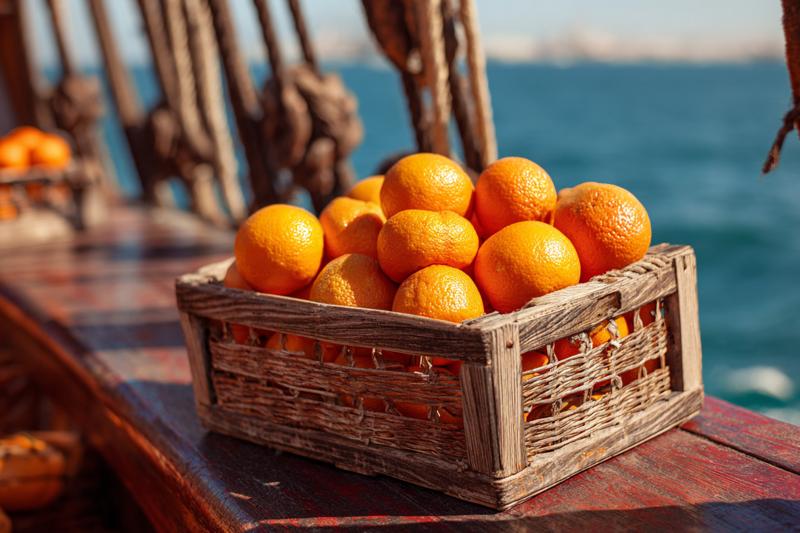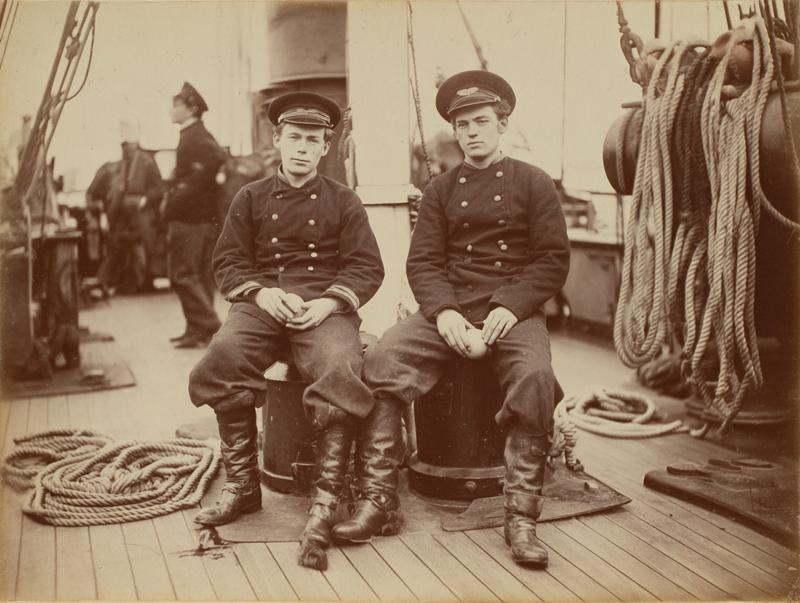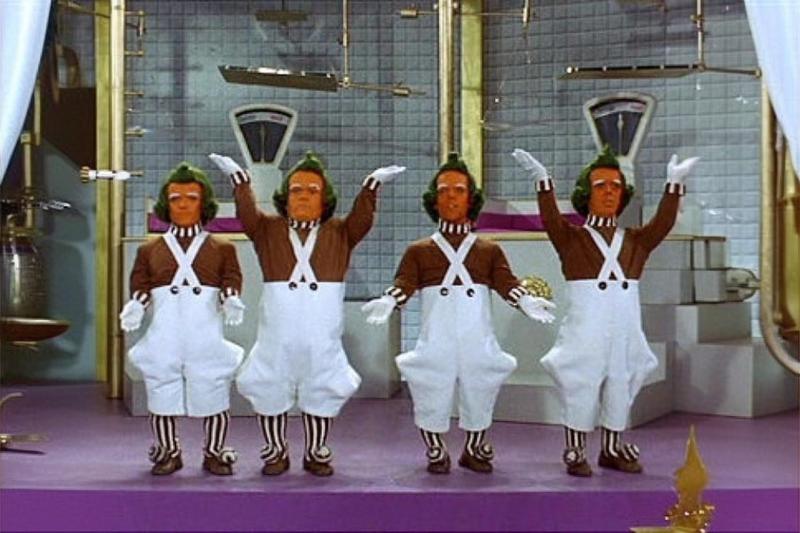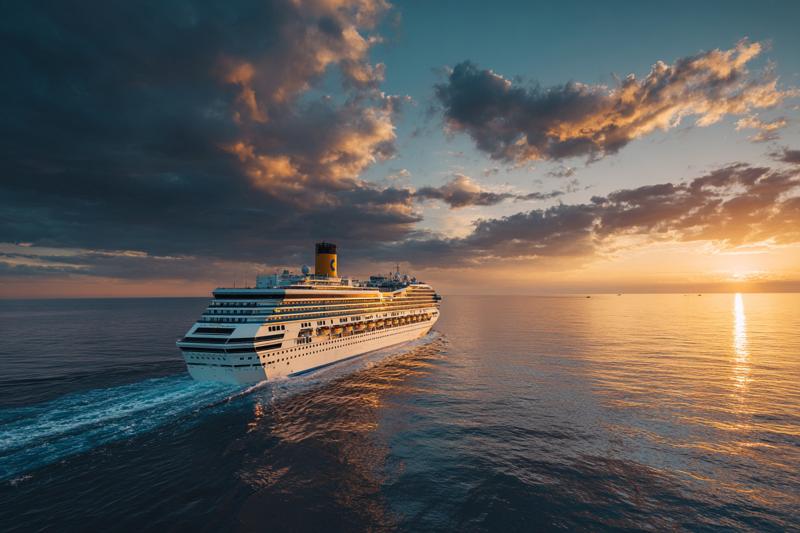Most people enjoy naval oranges without ever thinking about how they got their name. In fact, very few people know the true naval history behind them. Unlike apples or pears, the orange has a deep connection with sailors, scurvy, and even military clothing.

Scurvy and the Sea
For centuries, scurvy was one of the deadliest threats to sailors. Caused by a lack of vitamin C, it led to weakness, bleeding gums, and eventually death. The disease was particularly severe on long voyages where fresh food was scarce. Ships might set out with barrels of salted meat and hardtack, but these offered little protection from scurvy.
Before the connection to citrus was firmly established, sailors tried all sorts of remedies. Vinegar was rationed on some voyages. Others relied on beer, sauerkraut, or boiled-down “essence of malt.” None of these worked very well. Scurvy continued to take a heavy toll.

The Naval Orange Solution
By the 18th century, physicians began to notice that citrus fruits seemed to ward off scurvy. It was not yet understood why, but the results were undeniable. A steady supply of oranges meant a steady supply of healthy sailors.
The British Navy led the way in distributing oranges to crews, earning them the nickname "naval oranges." Other navies quickly followed suit, stocking their ships with the fruit. Sailors often carried several oranges with them, which posed a practical problem: where to keep them?
The solution was clothing. Uniform trousers were designed with roomier legs, especially around the thighs, to accommodate stashing a few oranges. This style became widespread enough that it influenced fashion well into the 20th century.

The Age of Limes and “Limeys”
Eventually, limes became the preferred fruit because they stored longer on ships than oranges. British sailors received daily rations of lime juice, often mixed with rum or water. This practice gave rise to the nickname "limey" for British sailors, a term that stuck long after the age of sail had passed.
Ironically, the limes commonly used by the Navy were less effective than oranges at preventing scurvy, but they were better than nothing and symbolized the navy’s commitment to citrus-based health.
From Jodhpurs to Oompa Loompas
One clear example can be seen in a 1932 photograph of Army Chief of Staff Gen. Douglas MacArthur standing with then-Col. Dwight Eisenhower. Eisenhower’s pants — jodhpurs— bulge out at the sides, an echo of the naval orange tradition. What was once a practical naval necessity had become standard military attire.
 The influence even reached popular culture. In Willy Wonka & the Chocolate Factory (1971), the Oompa Loompas wore trousers with a distinct puffed-out shape. According to the story, they came from Loompaland, an island full of dangerous creatures like Whangdoodles and Snozzwangers. Wonka rescued them, but their clothing carried on the naval orange tradition, allowing them to tuck away fruit for long sea voyages.
The influence even reached popular culture. In Willy Wonka & the Chocolate Factory (1971), the Oompa Loompas wore trousers with a distinct puffed-out shape. According to the story, they came from Loompaland, an island full of dangerous creatures like Whangdoodles and Snozzwangers. Wonka rescued them, but their clothing carried on the naval orange tradition, allowing them to tuck away fruit for long sea voyages.

Citrus for Your Next Voyage
While we no longer need to carry oranges or limes in our trousers, the lesson remains. Citrus fruit is essential for long journeys, whether across the ocean or aboard a modern cruise ship. Next time you pack your bags, remember the legacy of the naval orange, the limey sailor, and the centuries-long struggle against scurvy. And maybe tuck a couple of oranges into your luggage, just in case.
Disclaimer: Not everything you read on the web is accurate or even true. Always do your own research before treating something as fact — real research, not just a few YouTube videos or quick searches. Trust reputable sources, check the evidence, and read critically.
